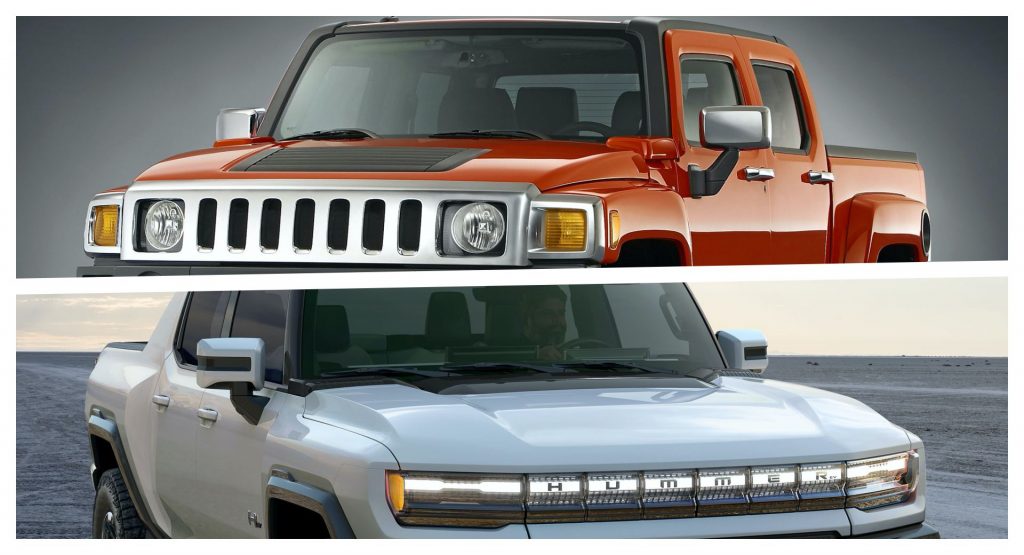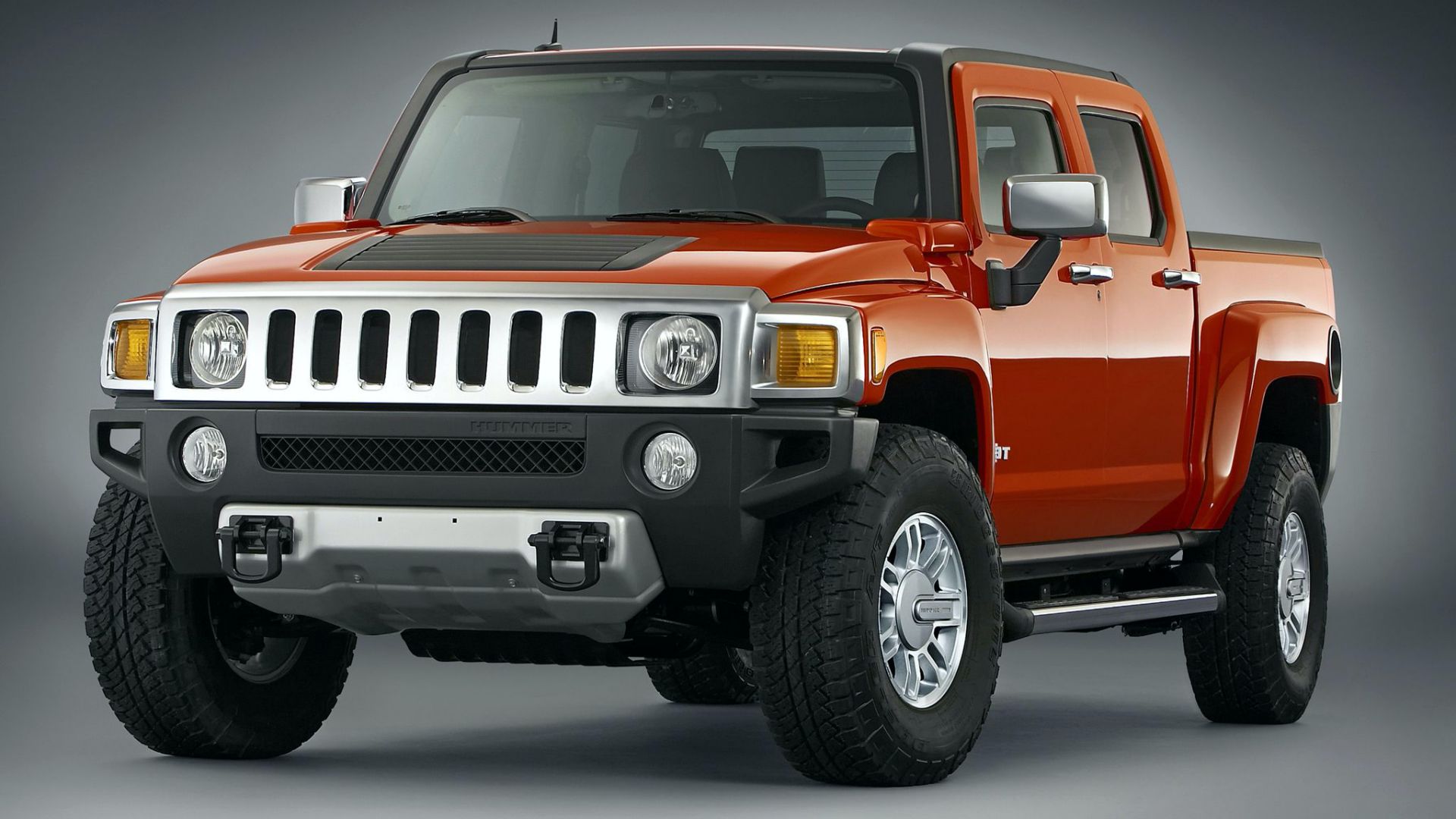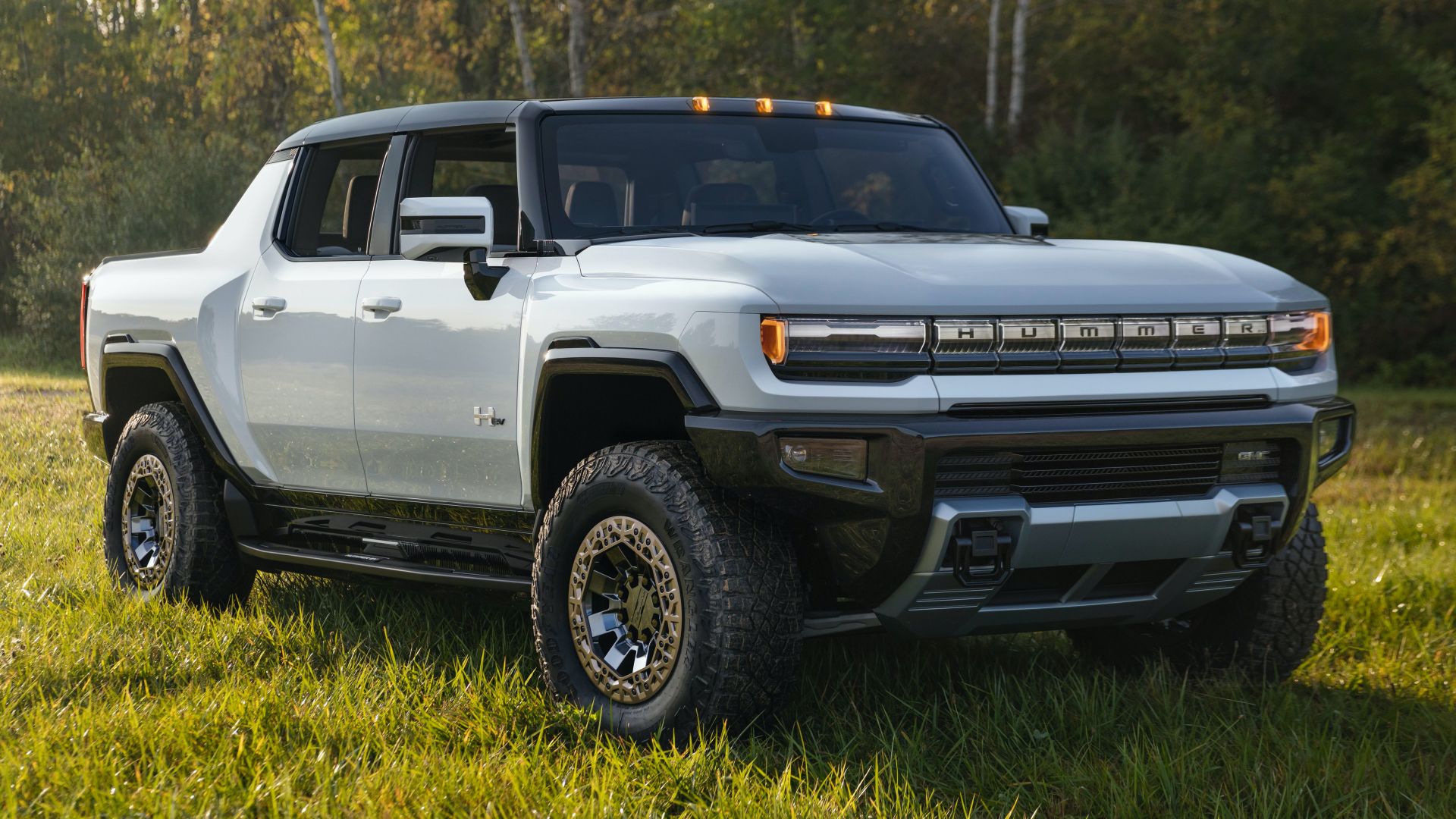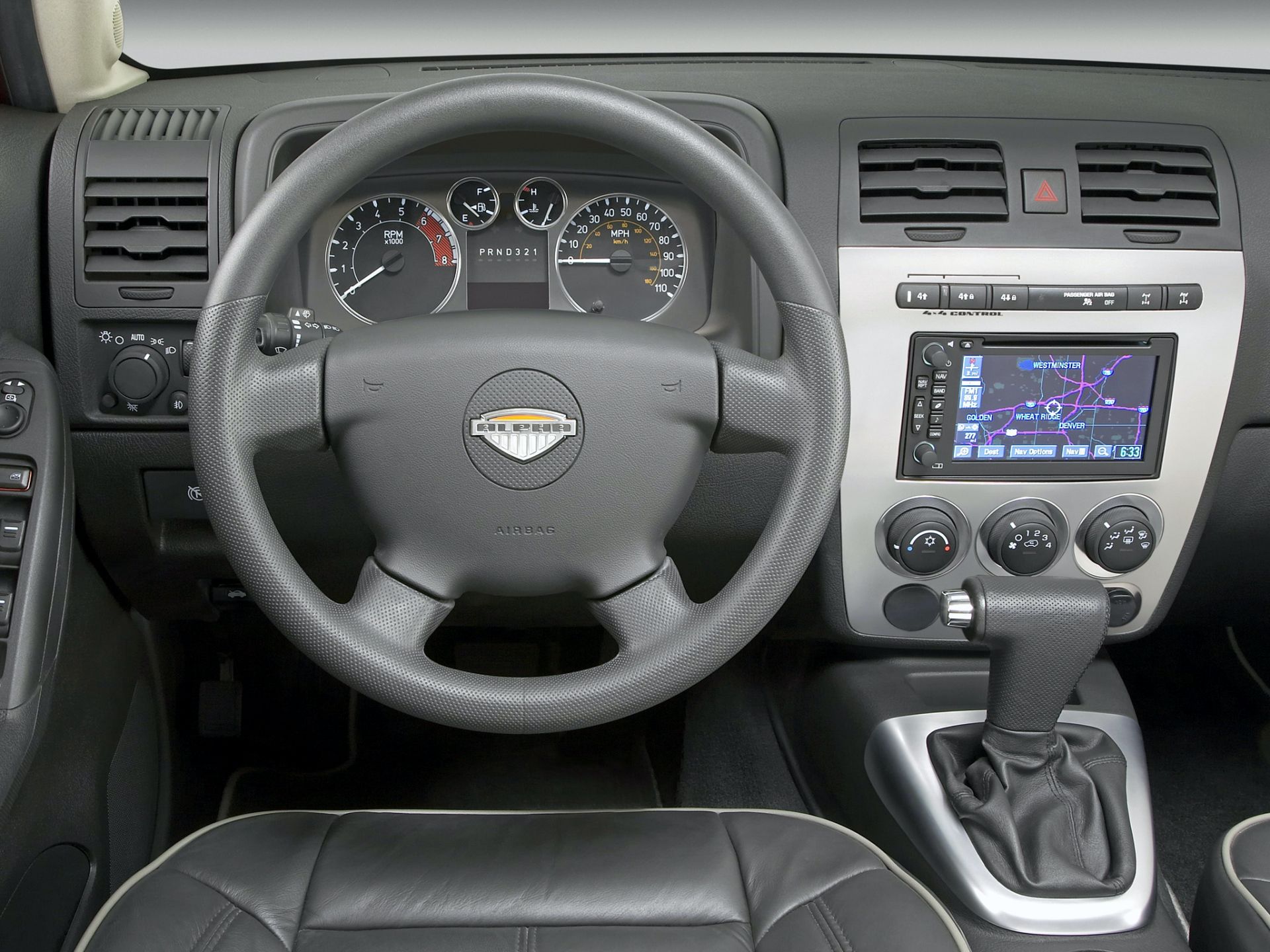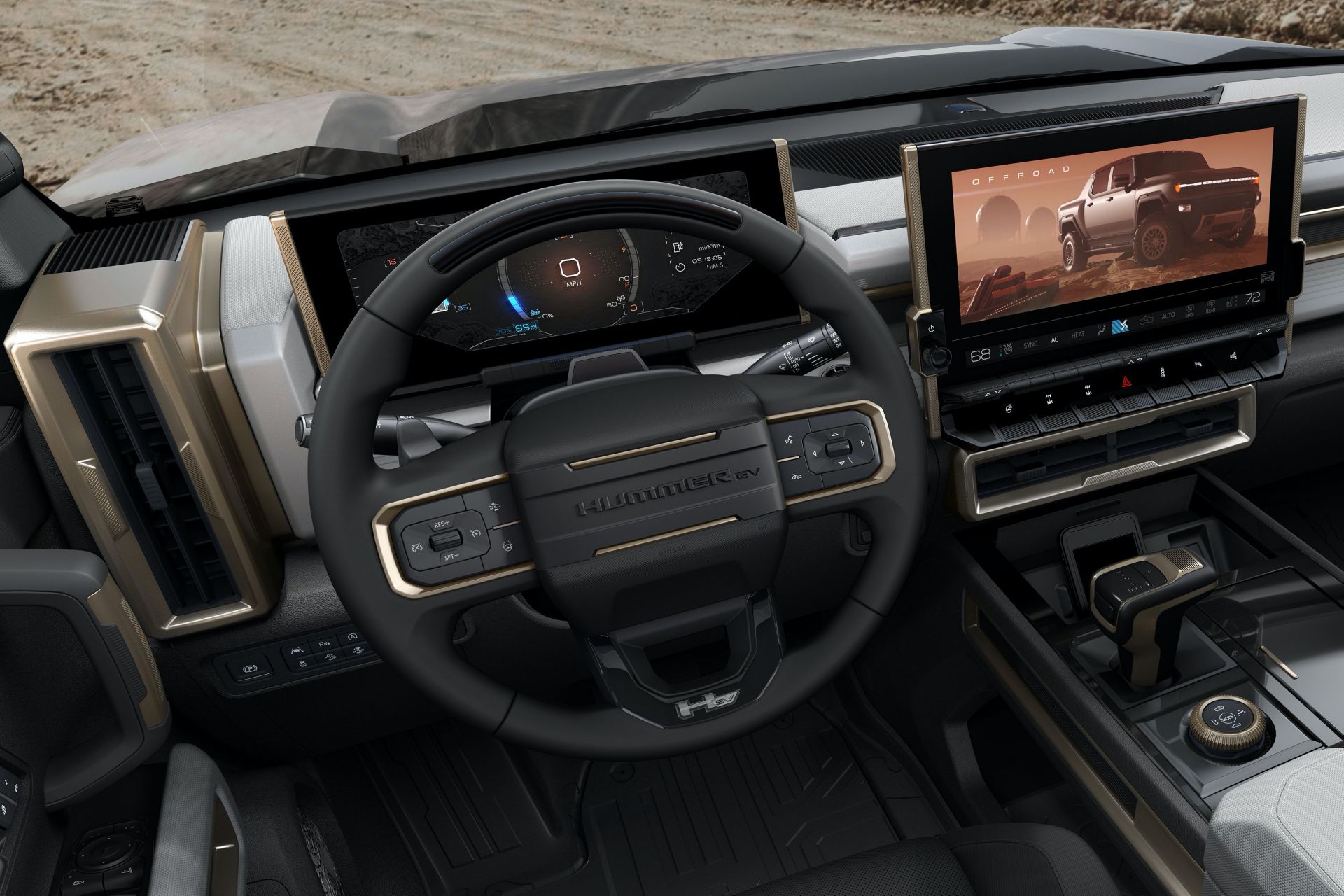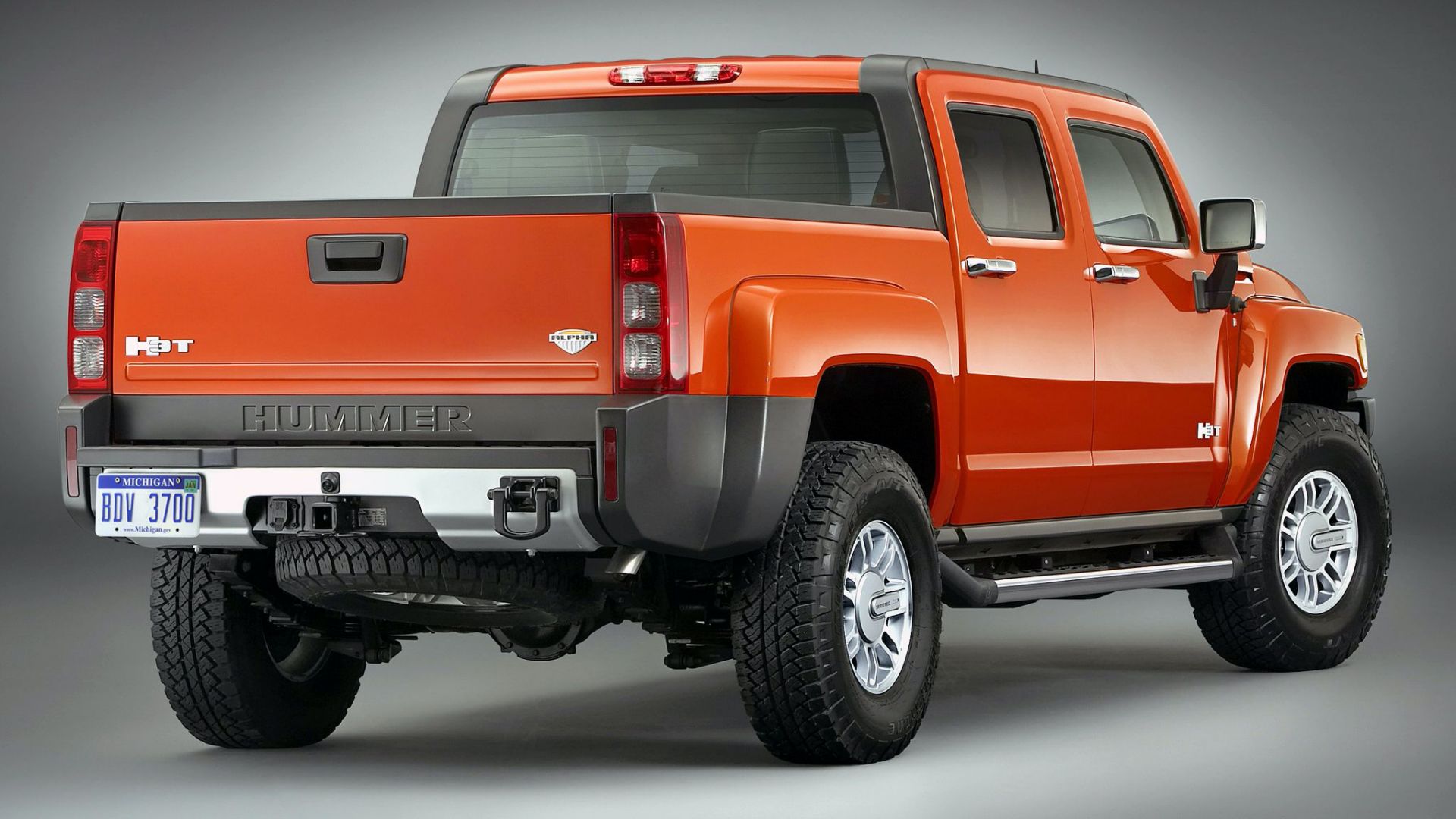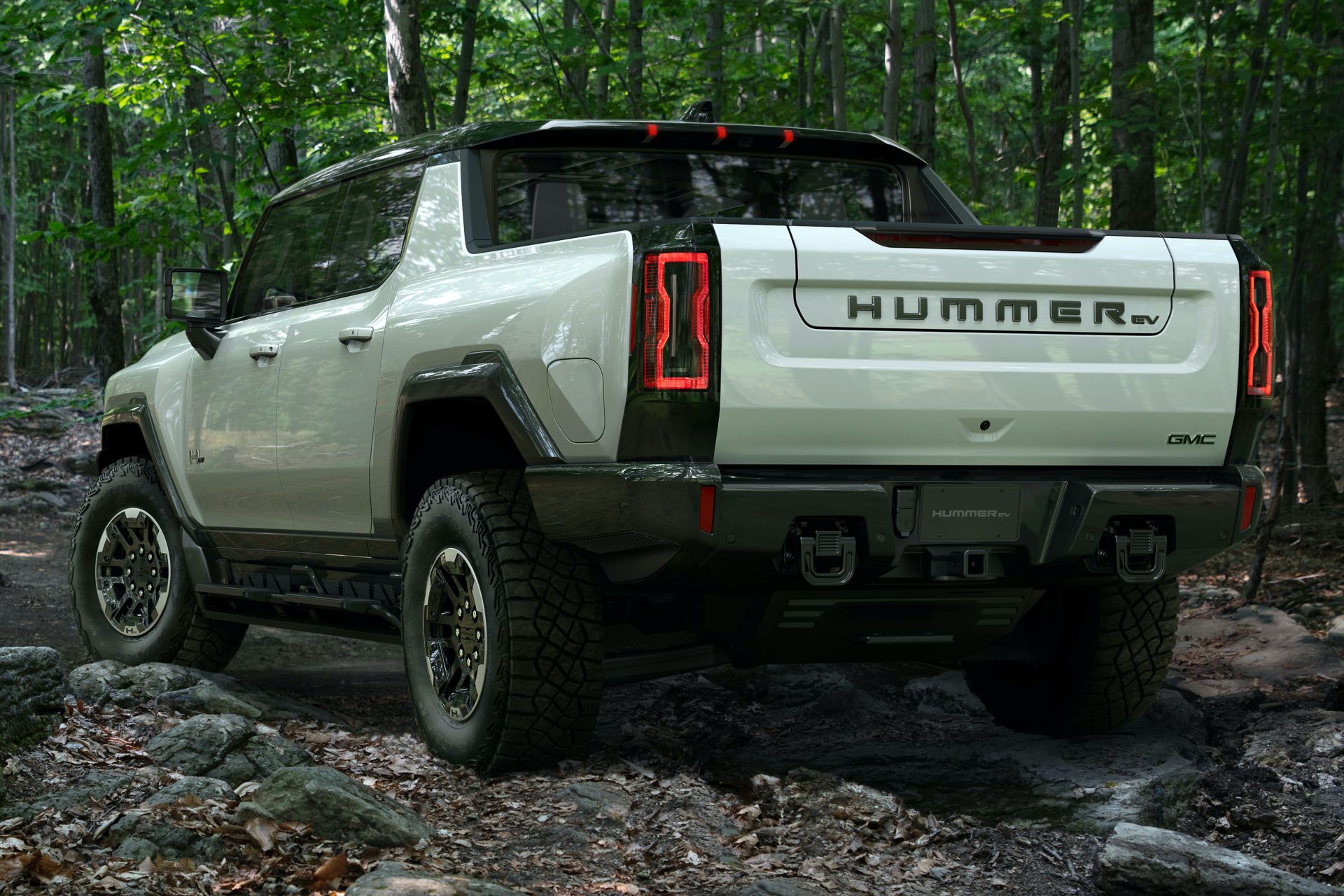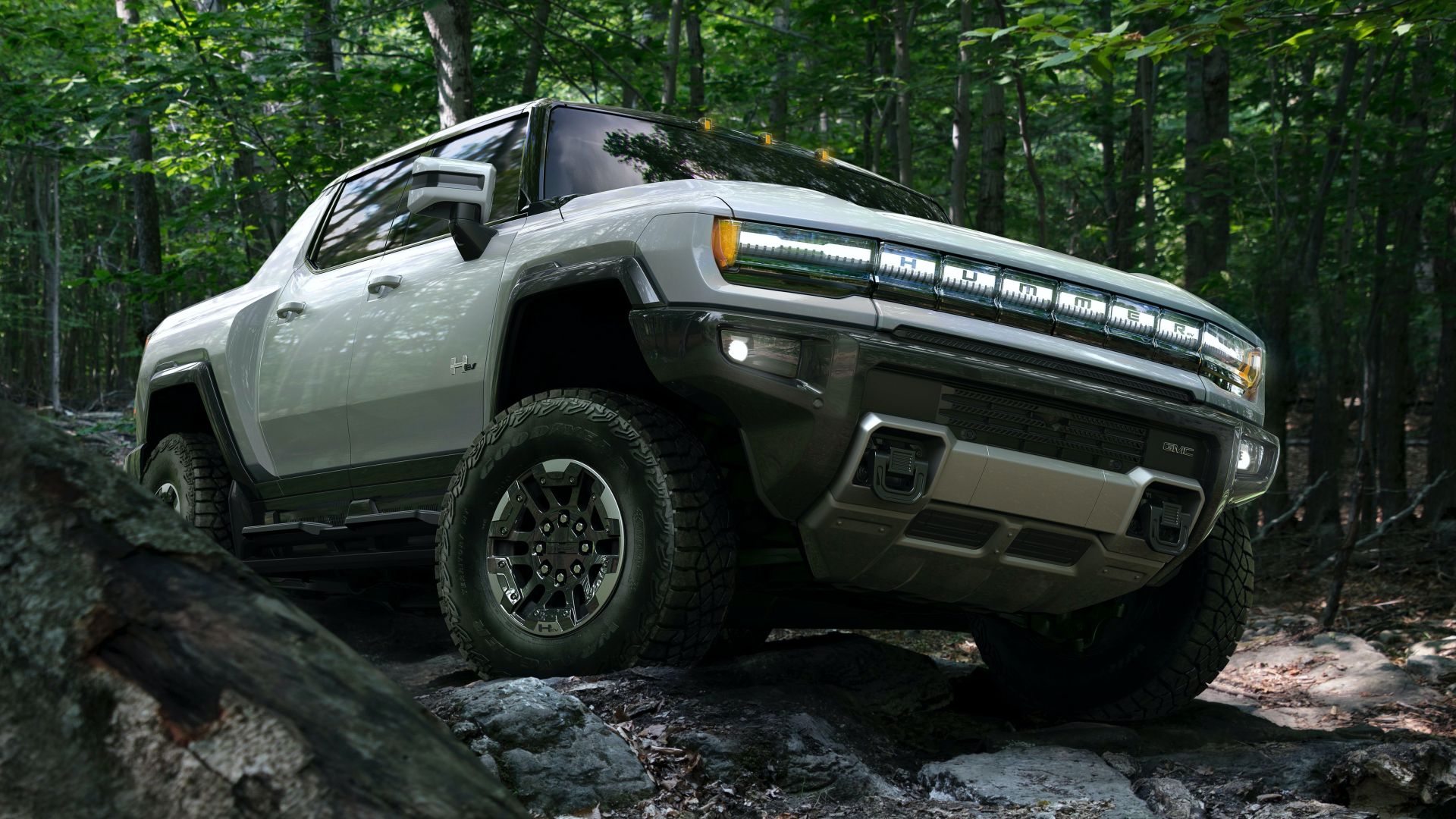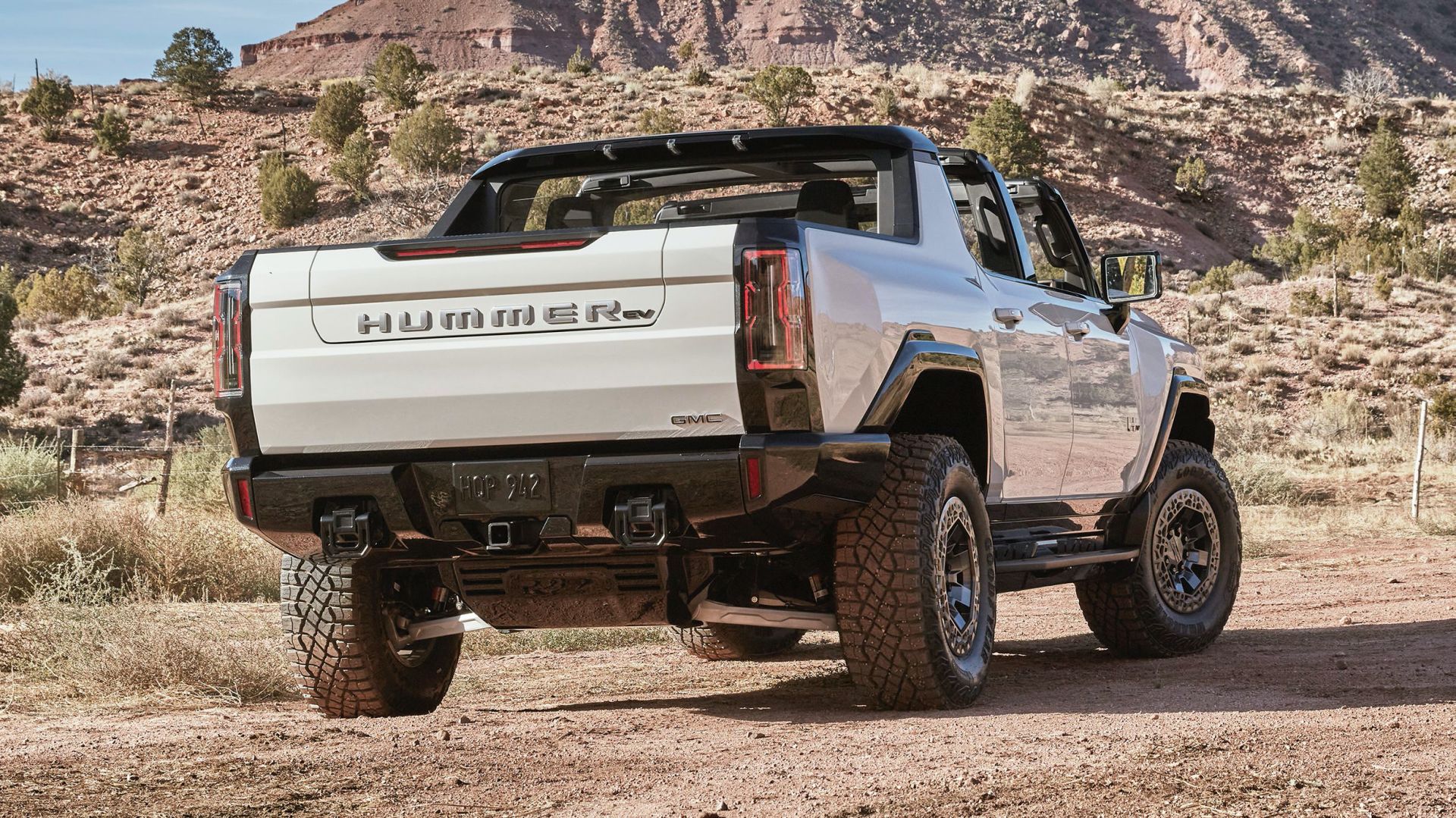With the unveiling of the 2022 GMC Hummer EV, one could say Hummer has picked up where it left off in 2010, when the final H3T truck rolled off the assembly line and put an end to the brand as we know it.
Now, after laying dormant for more than a decade, the Hummer name is brought back into life by another pickup: the GMC Hummer EV. Strictly from a chronological viewpoint, the Hummer EV can be considered the successor to the Hummer H3T, even though they’re miles apart when it comes to, well, just about everything.
Read Also: GMC Hummer EV Breaks The Internet, Edition 1 Sells Out In Approximately Ten Minutes
Still, comparing these two Hummer pickups is an interesting exercise because it allows us to see the changes in GM’s perception of the Hummer brand over the course of well over a decade. Without further ado, let’s see how much Hummer DNA is left in the 2022 EV.
Just how big are they?
The electric Hummer measures 216.8 inches (5,506 mm) bumper to bumper, compared to the H3T’s length of 212.7 inches (5,403 mm). There are bigger differences when it comes to the width and height, though.
The Hummer EV is 86.7 inches (2,202 mm) wide and 81.1 in (2,060) high, while the H3T measures 75 inches (1,905 mm) and 72.1 in (1,831 mm), respectively. The electric Hummer also has a slightly longer wheelbase. While both trucks are massive, the proportions are different, with the electric one dwarfing its older namesake in width and height.
Designers wanted the Hummer EV to look instantly familiar but new; did they succeed?
The Hummer H3T’s styling is way more basic and utilitarian than the Hummer EV, with the profile revealing a much longer bed in relation to the rest of the body. The H3T comes from a different era and its exterior design reflects that: it has lots of chrome trim, basic surfacing, round headlights and fog lights, and a seven-slot grille that would drive Jeep mad nowadays.
The Hummer EV looks way more muscular and, at the same time, sophisticated. The challenge GM’s for designers was to create something instantly familiar but new. Highlights include the front end with sleek horizontal LED headlights and a six-slot “grille”, the bulged fenders, more stylized C-pillar design, and removable roof panels. Most importantly, the truck bed is not visibly separated from the rest of the bodywork as on the older model. Some things did not change that much, though, and those include the small glasshouse, upright windscreen, and massive front skid plate.
Can you find two interiors more far apart than these two?
Step inside the cabin and the Hummer EV looks like a spaceship compared to the H3T. Two massive displays dominate the dashboard, with GM designers using the Unreal Engine (from gaming) to create 3D graphics for an immersive experience. The dashboard looks as if it was cut from a massive block, with square surfaces found everywhere in the cabin.
The H3T, on the other hand, looks so outdated in comparison there’s not much to comment. Plastics abound inside, adding to the deeply forgettable 1990s ambience. This dashboard was already dated when the H3T launched in 2008, whereas the Hummer EV’s looks like it can rival the best interiors in the business.
There’s no point in going over the technology differences between the two trucks, as the Hummer EV’s leap forward is huge. Suffice to say the zero-emissions pickup has up to 1,000 HP (746 kW / 1,014 PS) at its disposal from three electric motors, while the H3T in range-topping Alpha trim featured a 300 HP, 5.3-liter V8. And that’s before taking into account the myriad of off-road tech, driving assistance and infotainment features in the Hummer EV.
All that comes at a rather steep price, though: the base 625 HP model launching in the spring of 2024 will start at $79,995. That’s more than double the starting MSRP of the H3T in 2008, not accounting for inflation.



